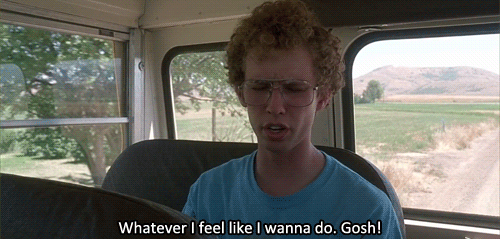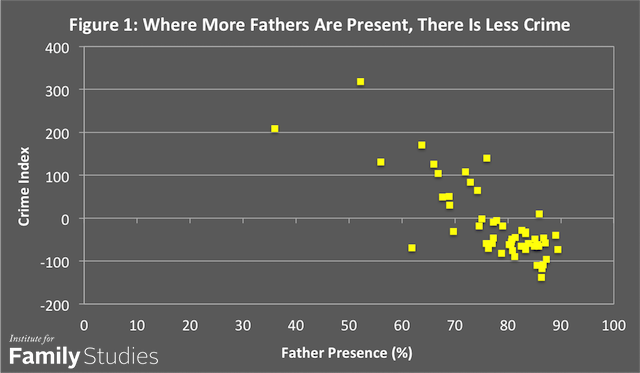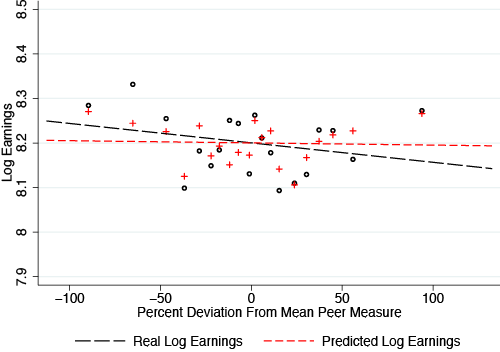This is part of the DR Book Collection.
 In debates over capitalism and everything else, it is easy to forget that economies do far more than merely provide goods, services, and wages. Innovation doesn’t just apply to the iPhone, but to art, literature, jobs, etc. According to Harvard’s Edward Glaesar, this is one major takeaway from Nobel economist Edmund Phelp’s Princeton-published book Mass Flourishing: How Grassroots Innovation Created Jobs, Challenge, and Change:
In debates over capitalism and everything else, it is easy to forget that economies do far more than merely provide goods, services, and wages. Innovation doesn’t just apply to the iPhone, but to art, literature, jobs, etc. According to Harvard’s Edward Glaesar, this is one major takeaway from Nobel economist Edmund Phelp’s Princeton-published book Mass Flourishing: How Grassroots Innovation Created Jobs, Challenge, and Change:
The book eloquently discusses the culture of innovation, which can refer to both an entrepreneurial mind-set and the cultural achievements during an age of change. He sees modern capitalism as profoundly humanist, imbued with “a spirit that views the prospect of unanticipated consequences that may come with voyaging into the unknown as a valued part of experience and not a drawback.” The dismal science becomes a little brighter when Mr. Phelps draws the connections between the economic ferment of the industrial age and the art of Beethoven, Verdi and Rodin.
The book also provides an epic takedown of the enemies of economic dynamism: socialism and corporatism. Even though this is well-traveled ground, it is nice to have a Nobel laureate addressing these ideologies head-on in an academic publication given their growing popularity among young people. For those who may wonder about the connection between “the good life” (flourishing) and economics, this book is for you.
You can see Edmund Phelps present at the Royal Society for the Encouragement of Arts, Manufactures and Commerce (RSA) below:



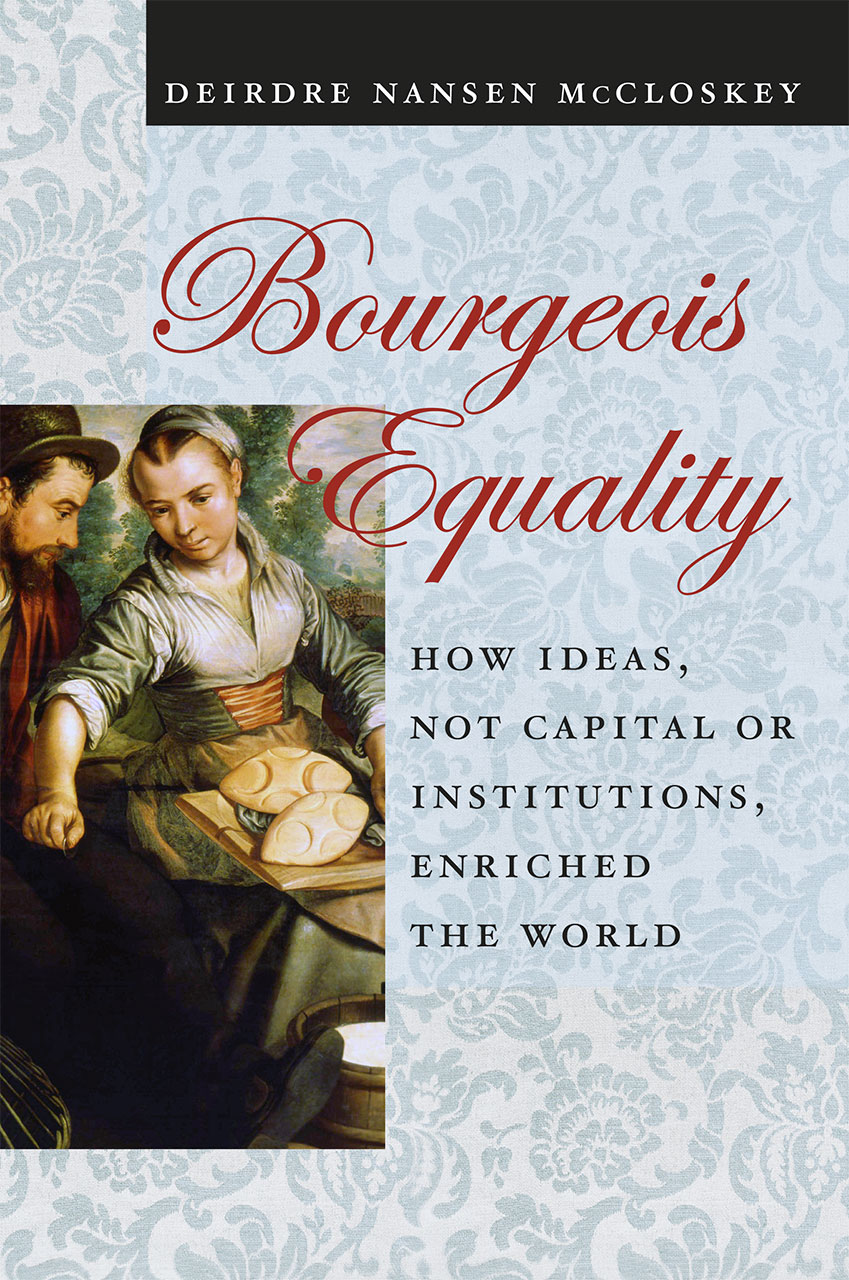
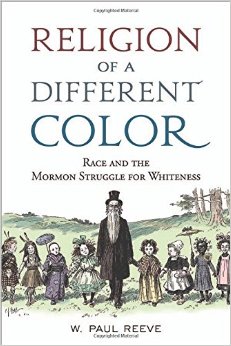 As I’ve
As I’ve 